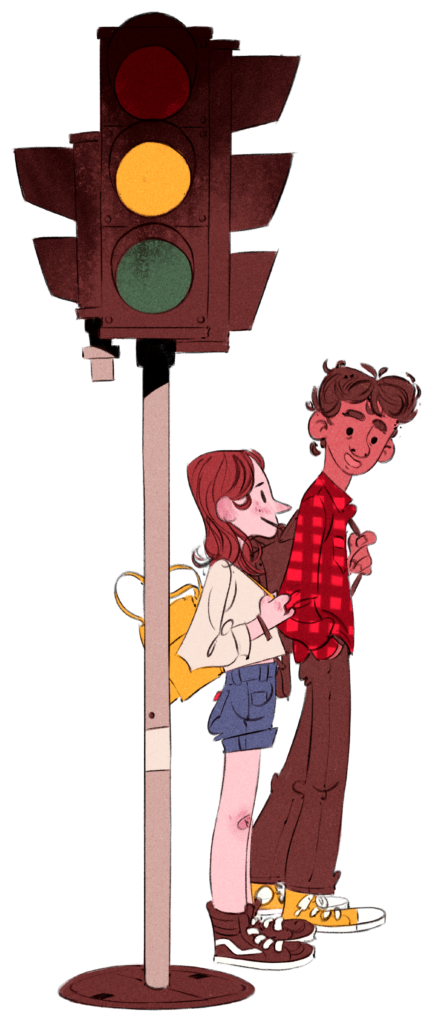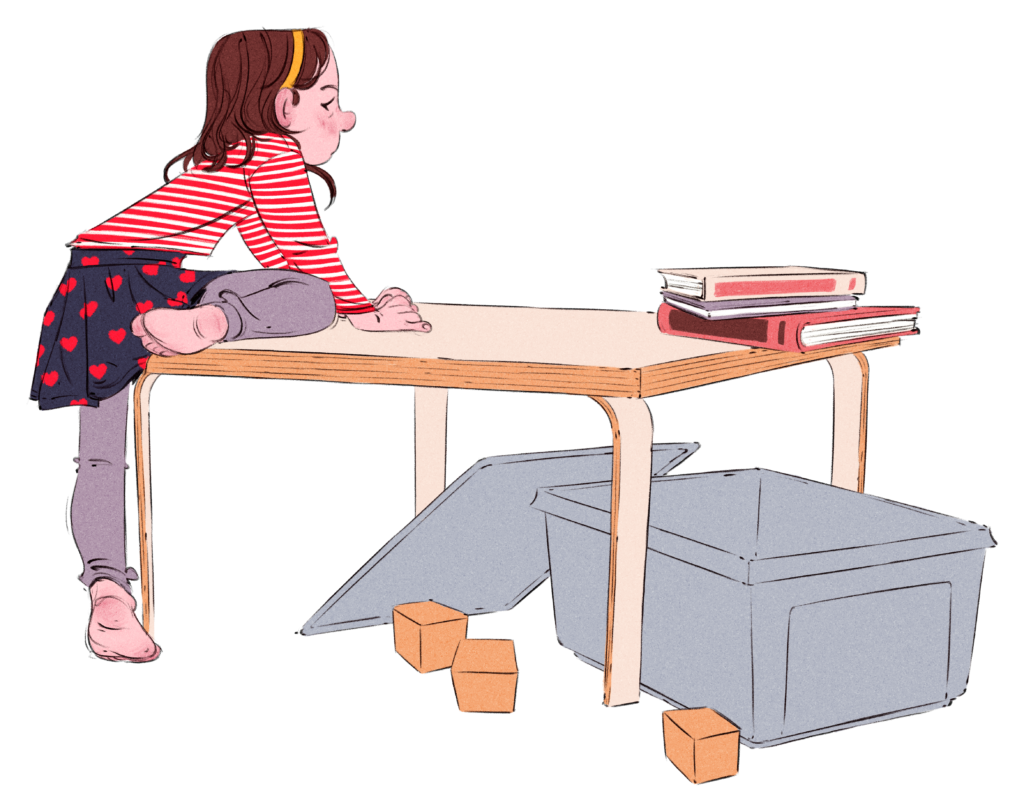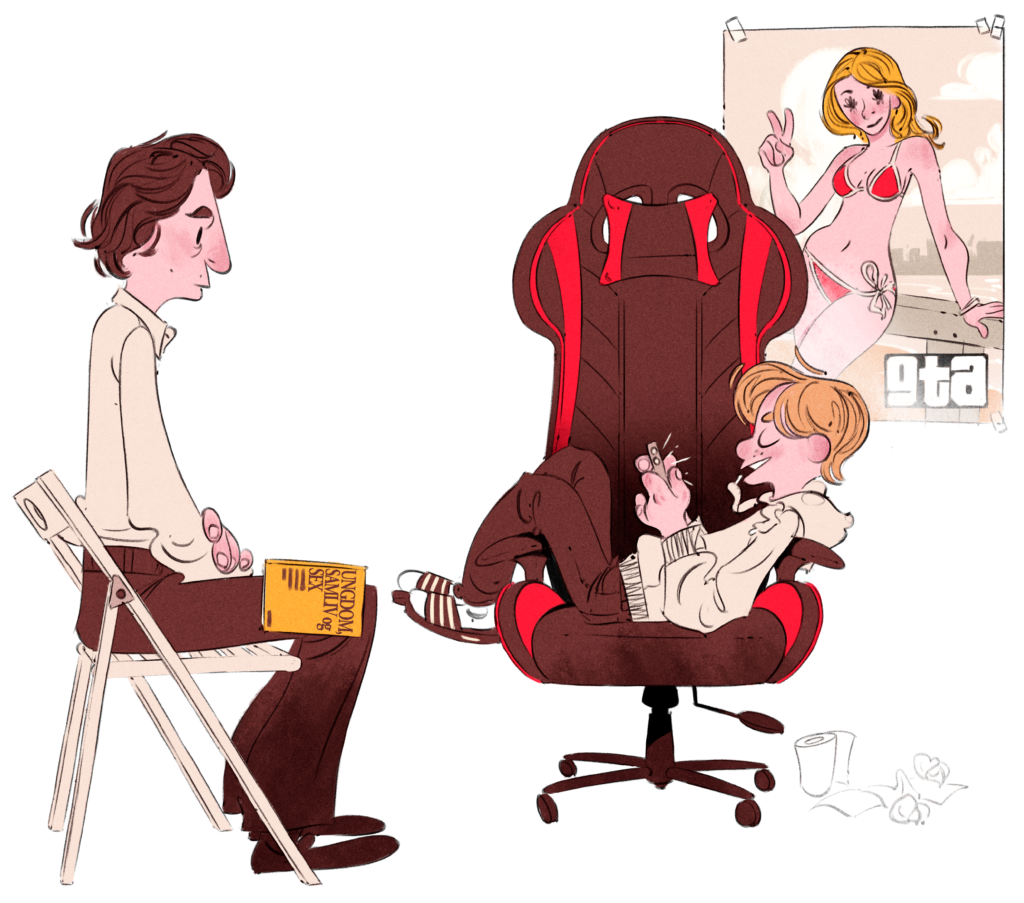Problematic sexual behaviour
Problematic sexual behaviour is what we consider unhealthy.

Sexual behaviour which causes concern can be described several ways. Oftentimes it is fitting to describe the behaviours or actions as violating, other times it is better to describe the behaviour as unhealthy. What term should be applied depends on the context and purpose behind the application.
Examples of this are behaviours appearing with worrying intensity and frequency, or which does not coincide with age- or developmentally appropriate maturity.
Another example is disparity of dominance, for instance if one party behaves threateningly or bargains (i.e. with clothes or candy), in order to convince the other party to partake in sexual activities. This kind of sexualized behaviour must always be reviewed in context, since the act itself could be normal and inconspicuous, but inappropriate in the situation or relation it appears in.
Problematic sexual behaviours – examples
Children under 5 years
Children between 5 – 9 years
Children between 9 – 12 years
Children between 13 – 18 years
For additional examples of problematic sexual behaviours, refer to “Trafikklyset” in Norwegian. Additionally, explore the “Sexual Behaviours Traffic Light Tool” created by Brook, and the “Traffic Lights tool” developed by TRUE (True Relationships & Reproductive Health) for comparable resources in English.
Watch and observe
When concerned about problematic sexual behaviour, it is important to watch and observe.
Gathering the necessary information is important if you end up having to take measures, as well as to be supportive and give guidance toward a healthy and normal sexuality. When it comes to children and young people, it is important that adults be unambiguous, caring and consistent. Correcting unfortunate developmental patterns in regard to sexuality early, will help the child achieve sexual pleasure and understanding, in addition to preventing later violations.
Information provided by someone else is also sufficient cause for worry. The adult then needs to show they care, along with being available to talk when the child needs it or is ready to open up. Ask open questions and let the child speak. Believe in and support the child.

Talk about sexuality
Providing guidance about sexuality and healthy sexual behaviour is important to develop a healthy sexuality and prevent violations. Having confident, respectful adults acting as role-models of sexual behaviour and language is good. So are adults who give honest and concise answers to children’s questions about body and sexuality.
There is a need for exploratory conversations when children in some way signal their discomfort about something. Such signs can be something the child said or showed, outbursts, pulling away, school refusal or sexualized behaviour. Information provided by someone else is also sufficient cause for worry. The adult then needs to show they care, along with being available to talk when the child needs it or is ready to open up. Ask open questions and let the child speak. Believe in and support the child. Remember to also document questions and answers in the event of further investigation. If you suspect someone of having suffered a sexual assault, call the Child Welfare Service and express your worries. You can do this anonymously. The Child Welfare Service will advise you if you are in doubt of what to do next.

Adults should do this:
We must act when the sexual acts of children and young people cause us concern. Based on the context and information obtained, it is necessary to take appropriate measures. Examples of measures can be: